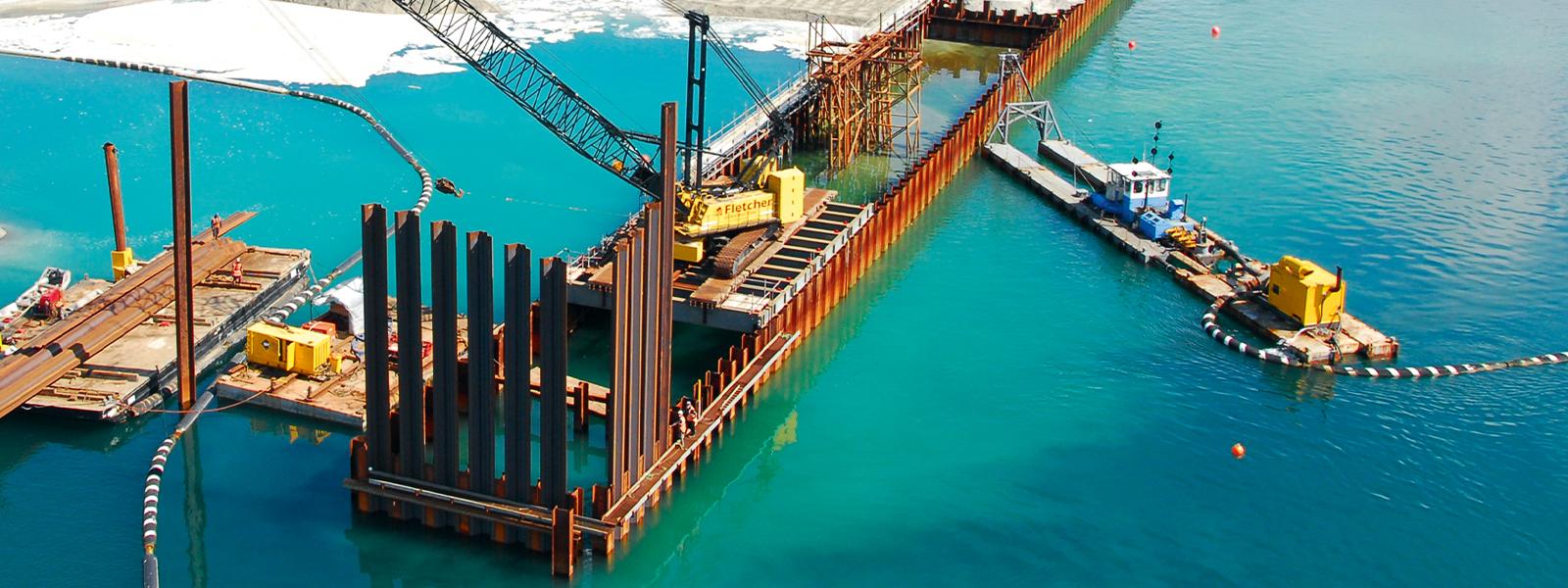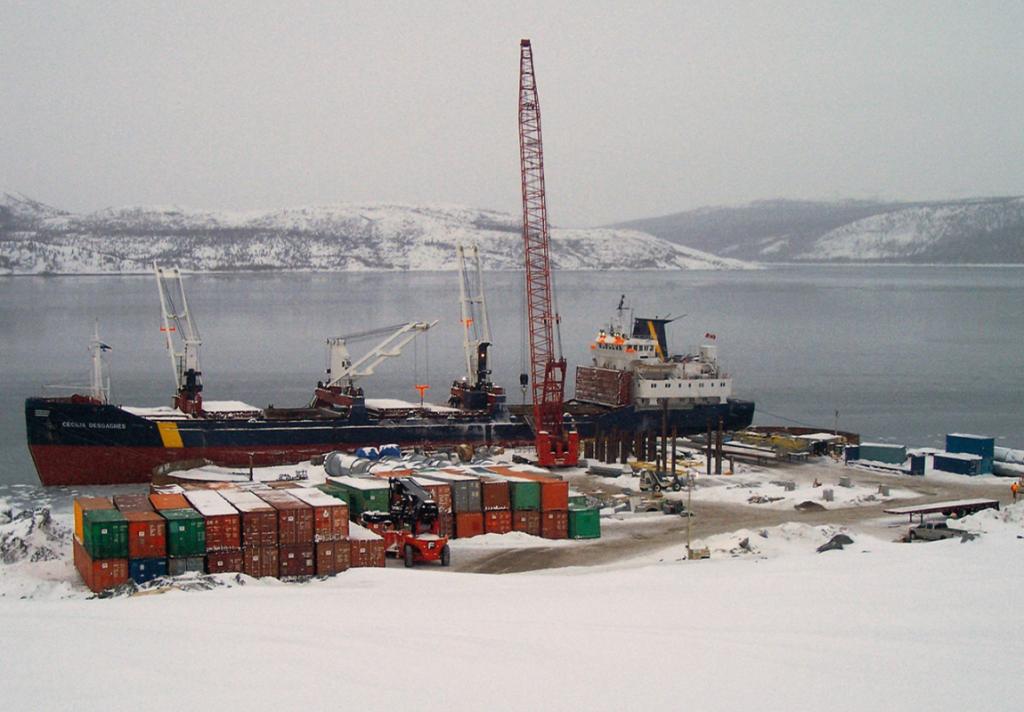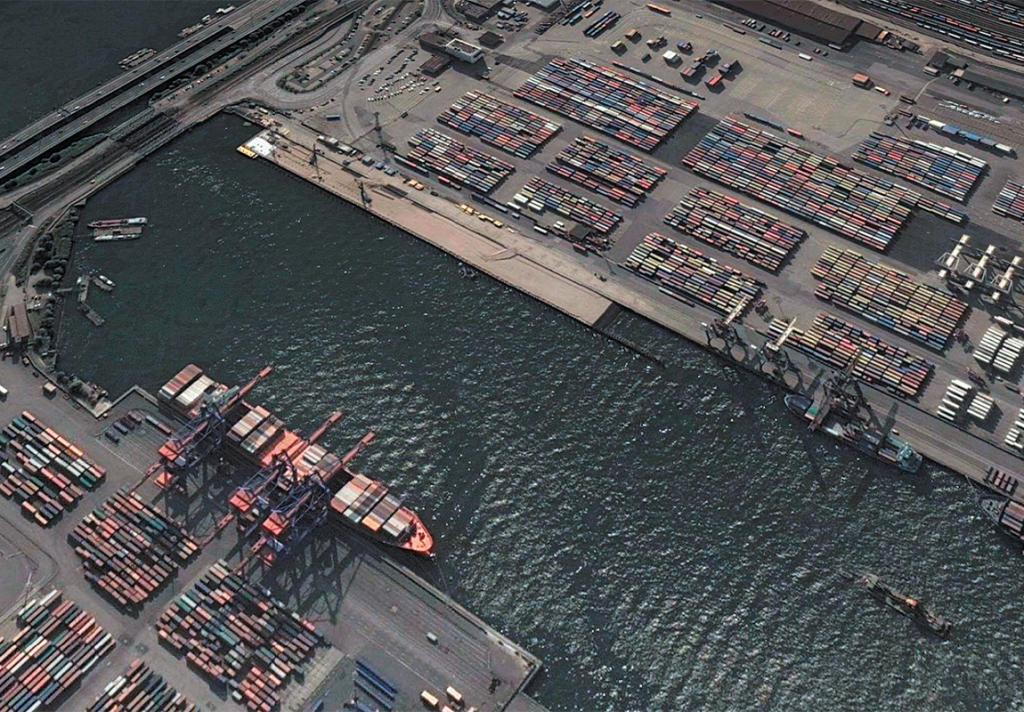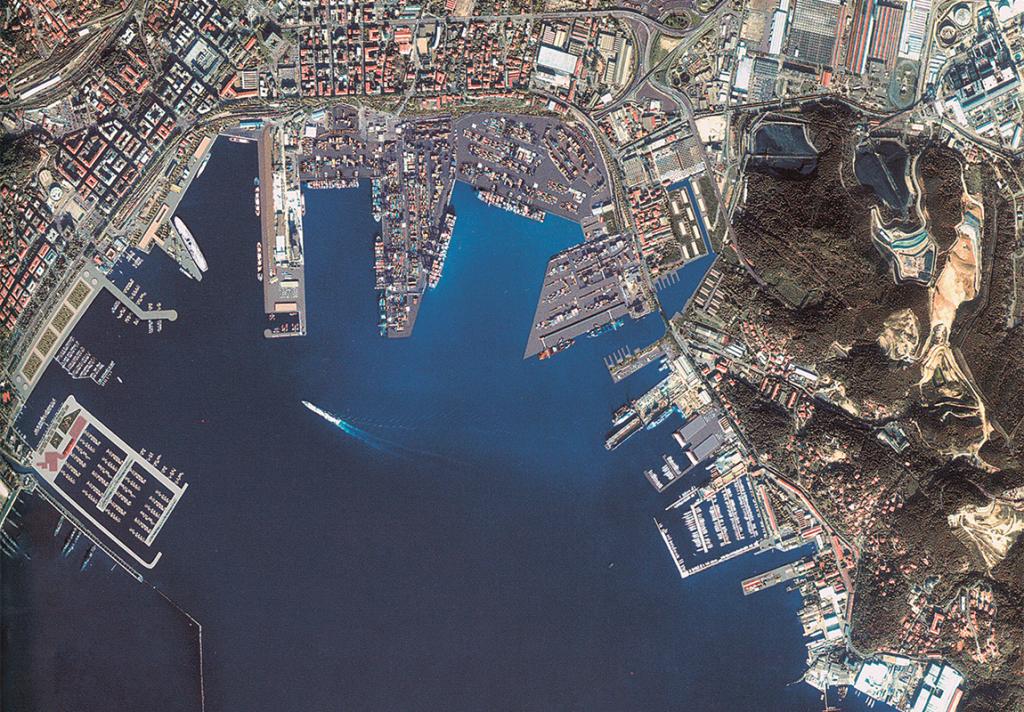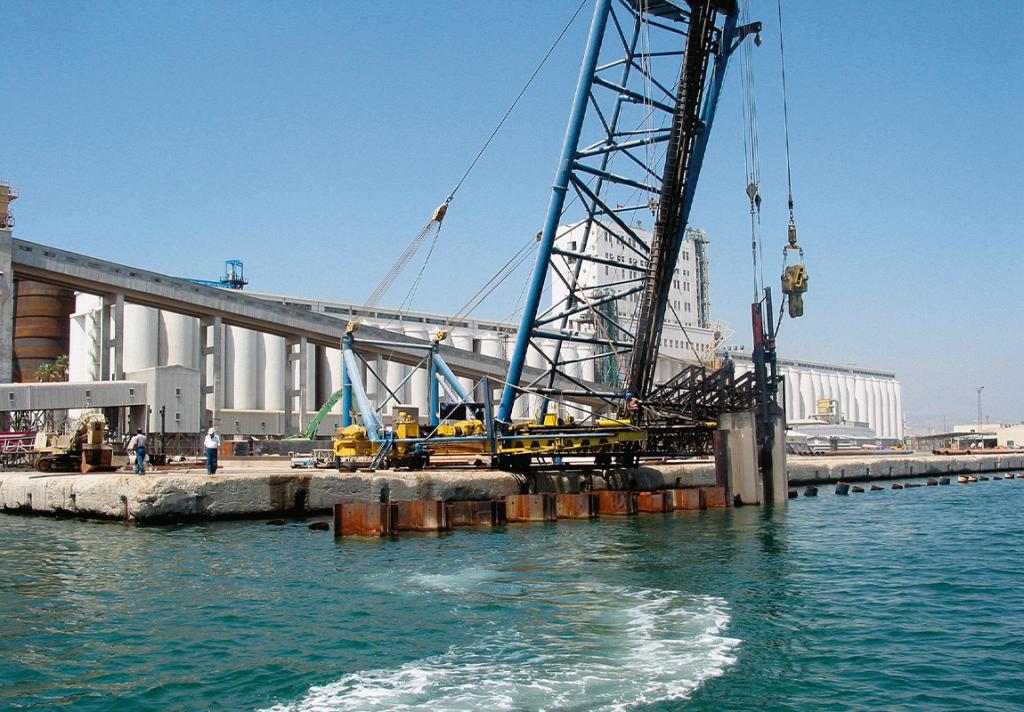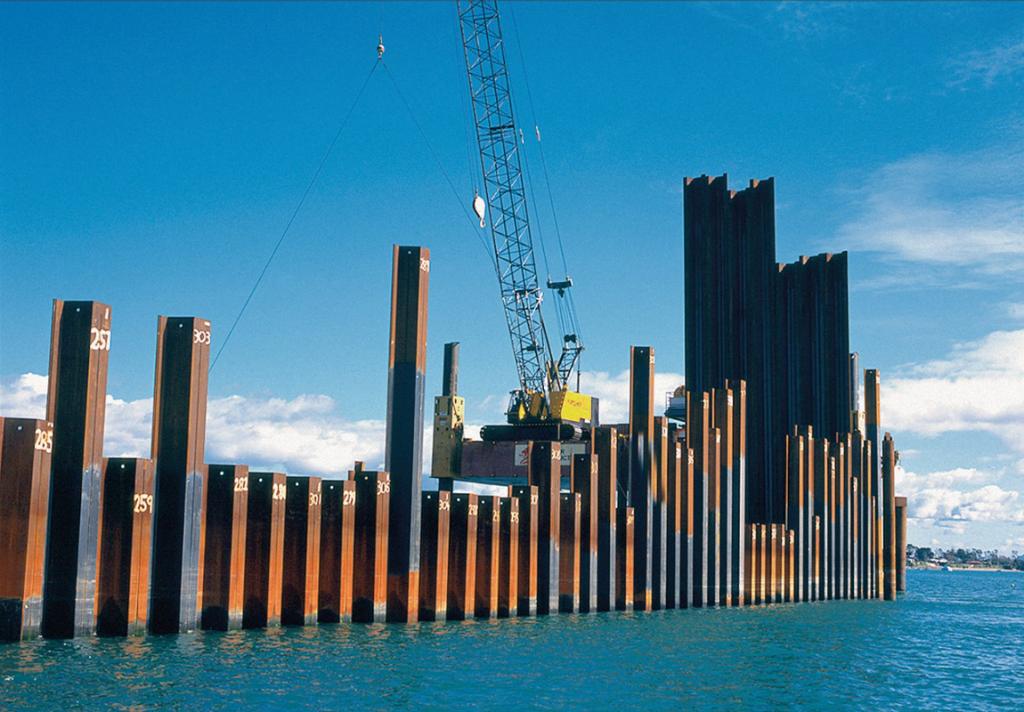Projects Harbour Construction
Innovative steel sheet pile solutions for modern ports
Global traffic continues to increase steadily and so does the size of the container vessels. This expansion places a considerable strain on the infrastructure of the ports they call, and the ports need to invest massively to meet the requirements of the new ship generations. Steel sheet piles offer a sustainable and cost-effective solution for modern ports, be it for increasing the dredging depth by simply installing a sheet pile wall in front of an existing structure, or to build a brand-new quay wall. The straightforward and fast installation allow the new structure to be operational within a short period of time. Additionally, the installation works only require a reduced workforce and equipment.
ArcelorMittal’s research team develops new sheet piles and accessories so that we can continue offering the best products on the market and meet the ever-changing requirements of the dynamic shipping and logistics industry. The latest developments include the AZ-800 range, the 750 mm wide U-piles and the unmatched HZ-M king piles with a section depth of up to 1 100 mm designed specifically for quay walls with draughts of 20 m and more. Today the construction industry needs to be more resilient and sustainable. New projects must be designed with a low environmental impact over its whole life cycle if we want to achieve net-zero by 2050, the target imposed by the governments in 2015. Steel is a perfect material to illustrate “circular economy”: it can be recovered at 100%, and reused several times before being 100% recycled.
Download
 English
English
